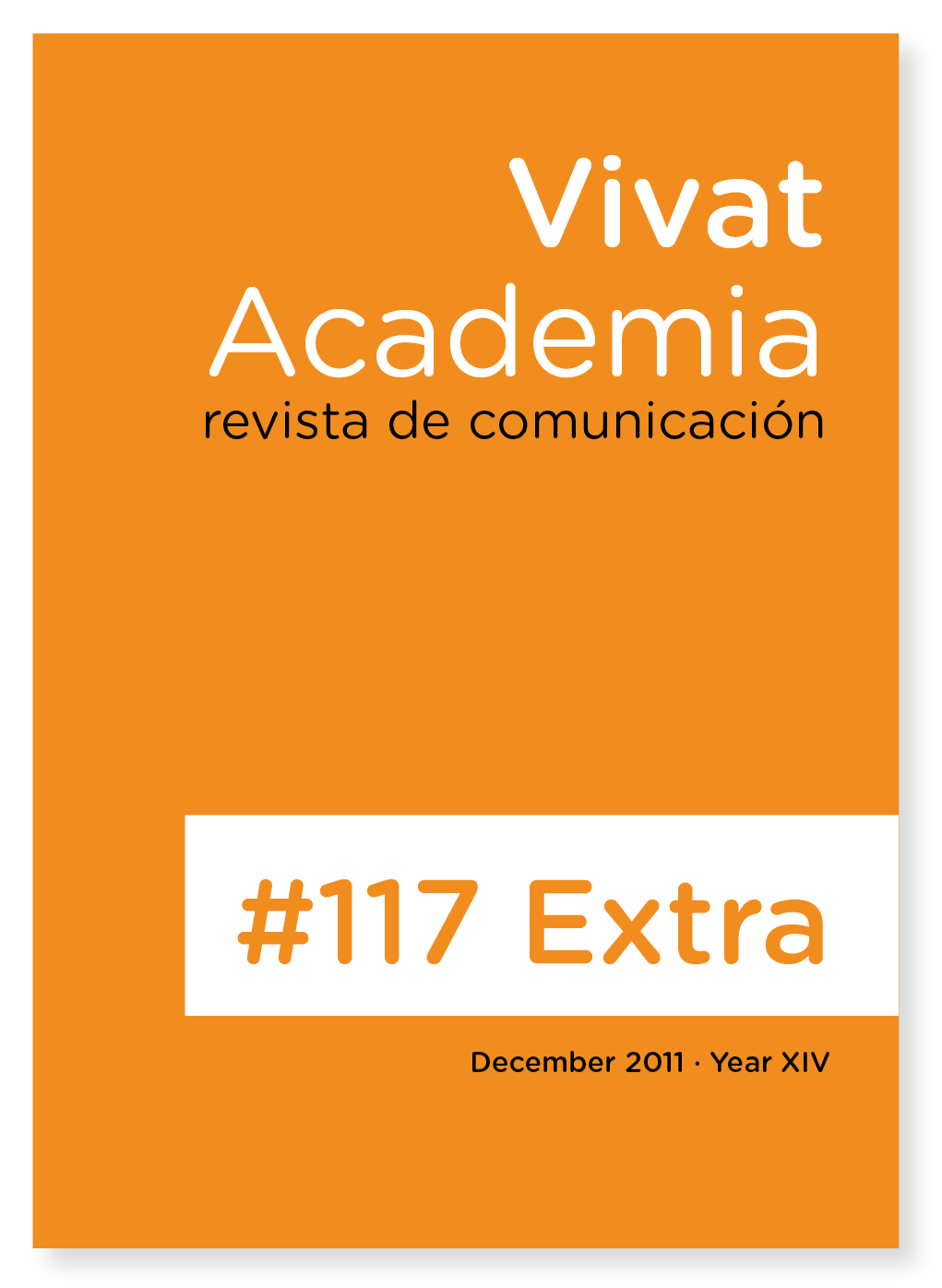Guidelines for the integration of university students with visual and hearing disabilities to the challenge ofm EEES
Main Article Content
Abstract
The called Bologna Process is a more advanced model in which the student changes teaching and learning based in knowledge reception, to a new education, raised on skills development in students. This system demand training teachers to teach to learn and, therefore, it requires a bigger responsibility of the students in their own education, something that does nothing but aggravate the difficulties of disabled students. We can see as barriers still exist in the university setting towards the learning process of individuals making up this group originated mainly by a poor yet educational organization and an almost non-existent academic material adapted to the special needs that require people with different types of disabilities. With the entry into force of the so called Bologna Process and a curriculum in which the student is becoming protagonists of their own learning these barriers are even more significant.
Downloads
Download data is not yet available.
Article Details
How to Cite
Martínez Solana, María Yolanda. 2012. “Guidelines for the Integration of University Students With Visual and Hearing Disabilities to the Challenge Ofm EEES”. Vivat Academia. Journal of Communication, no. 117E (February):233-41. https://doi.org/10.15178/va.2011.117E.233-241.
Section
Research Articles
References
Parrilla, A. & MORIÑA, A. (2004). Lo que todos nos preguntamos sobre la educación inclusiva. Padres y Maestros, 284: 10-14.
Shepard, Lorrie A. (2000a). The Role of Classroom Assessment in Teaching and Learning. Los Angeles: CRESST – CSE Technical Report 517.
Tolrà Mabilon, J. (1997). PIUNE. Programa de integración de los universitarios con necesidades especiales. En Universidad y Discapacidad. Valencia: Lliso.





